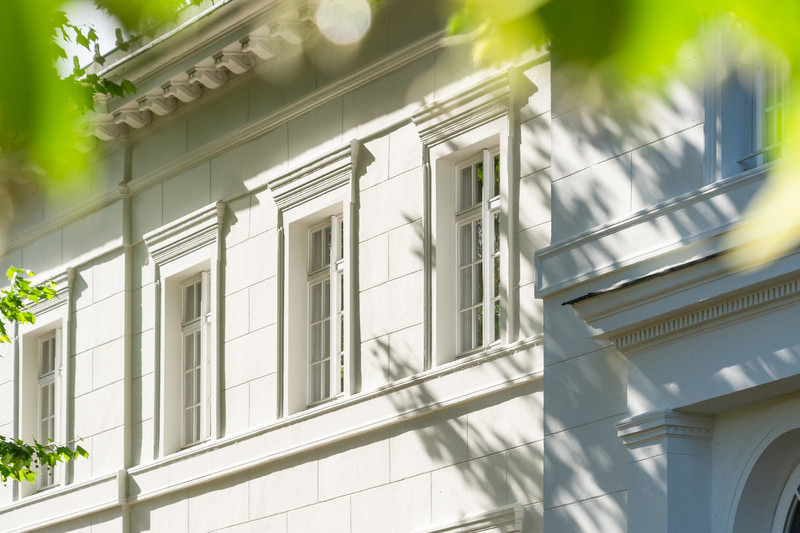
L’art de Passage
Trio and string quartet
At a time when most of the real world was still very much out of reach in the east of Germany, many GDR citizens had already travelled to far away worlds in their imagination, and most certainly in music terms. In 1987, a band performed in the legendary student club Moritzbastei in Leipzig. It had recklessly chosen a French name: L‘art de Passage, which could also be translated as ‚the art of passing by‘. The bal musette compositions that founder member Tobias Morgenstern contributed to the band‘s repertoire with his accordion are likely to have inspired the choice of name, but maybe also a hankering for being able to go for a casual stroll in another world in order to discover its music. However, the musicians not only explored France in their imagination: At the time, their ‚world music‘, in the best sense of the word, was groundbreaking and transported them to many different European countries, as well as all the way to South America. Over the 35 years of its existence, the band has perfected this art of creative meandering with the aid of music. In their milonga, samba, tango, chamamé and many other styles of tunes, melancholy alternates with passion, and they are performed in a traditional way as well as interpreted freely. The trio handles both well-known and its own compositions with boldness and great skill. Surprising improvisations end in minimalist motifs; classical music becomes jazz.
Ever since the band celebrated the 30th anniversary of its existence, it has been joined on stage by a string quartet for many concerts. Its members have all known each other since their younger years, and have passed through quite a few artistic stages together. They play their own part in the L‘art de Passage soundscape, whether in the form of setting contrasts, contributing sounds or creating a particular ambience, in a supporting role or to add symphonic markers.

